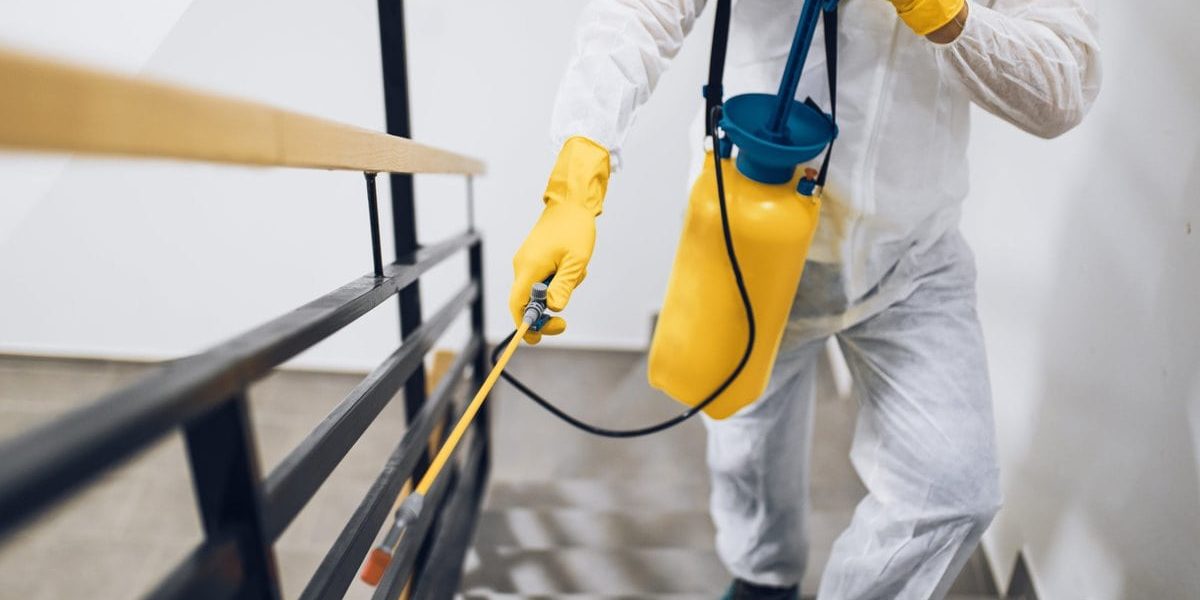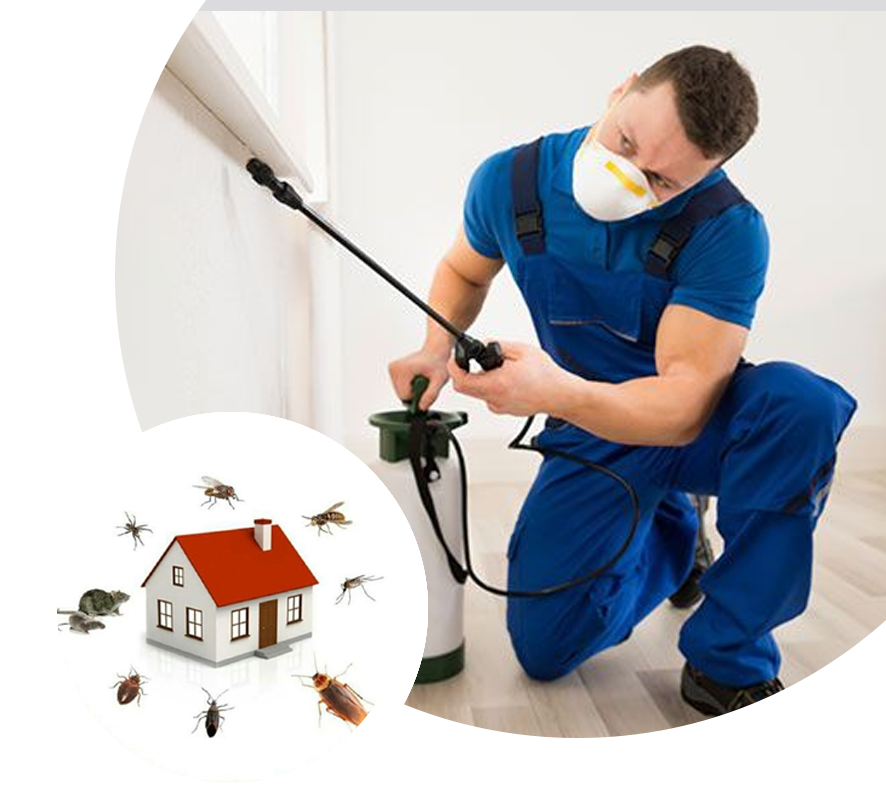Expert Bug Control Techniques for Long-Term Outcomes
Expert bug control methods envelop an extensive strategy that starts with a thorough evaluation and analysis, adhered to by specific parasite recognition to recognize their actions patterns. The implementation of Integrated Parasite Administration (IPM) principles, paired with eco-conscious therapies, creates the cornerstone of lasting insect elimination.
Examination and Assessment
Upon getting in a residential property for bug control solutions, the preliminary action is a complete evaluation and evaluation to identify the degree of the problem and identify one of the most effective therapy strategy. Expert insect control professionals are trained to thoroughly analyze the premises, looking for indicators of parasite activity such as droppings, chomp marks, nests, or any kind of architectural damage. They will also evaluate the problems that may be drawing in bugs, such as food sources, water leakages, or entry factors.

Parasite Identification and Habits

In addition, understanding the actions of the identified bug is vital to carrying out effective control measures. For circumstances, knowing where insects nest, what they feed on, and their activity patterns can help pest control professionals create techniques to eliminate them effectively. Some pests may be nocturnal, while others are much more energetic throughout the day. This understanding permits the application of therapies at ideal times for optimum effectiveness.
Integrated Insect Monitoring (IPM)
Integrated Insect Management (IPM) methods incorporate multiple methods to control and prevent insect invasions in a sustainable and ecologically friendly manner. exterminator. By incorporating approaches such as biological control, habitat control, adjustment of social practices, and making use of resistant selections, IPM aims to minimize the usage of chemical pesticides
One of the crucial concepts of IPM is the focus on prevention. This proactive method entails tracking insect populations routinely to detect any kind of potential problems before they rise. By determining bug troubles early on, pest control procedures can be implemented quickly and properly.
Additionally, IPM that site promotes using safe pest control approaches whenever feasible. This can consist of using natural predators of the pests, introducing helpful pests, or using scents to interrupt mating patterns. By decreasing dependence on chemical pesticides, IPM straight from the source not only safeguards the atmosphere but additionally assists maintain a balance in the ecosystem.
Environmentally-Friendly Treatments
Executing eco-conscious strategies in pest control procedures can effectively address infestations while prioritizing environmental sustainability. Environmentally-friendly treatments concentrate on minimizing the effect of bug control techniques on ecosystems, non-target organisms, and human health and wellness. These methods usually entail the usage of natural predators, such as ladybugs or nematodes, to regulate pest populaces, decreasing the demand for chemical interventions. Furthermore, methods like habitat manipulation, such as adjusting moisture levels or eliminating food resources, can assist prevent bugs without using unsafe substances.
One more secret facet of environmentally-friendly treatments is using organic and eco-friendly products that break down swiftly without leaving dangerous residues in the environment. Agricultural pesticides derived from plants like chrysanthemums or neem use efficient bug control while positioning marginal danger to non-target varieties. Employing approaches like warm therapies or scent traps can target certain parasites with accuracy, minimizing the overall environmental effect of bug control methods.
Continuous Tracking and Upkeep
Regular monitoring and upkeep are necessary elements of effective pest control monitoring. Ongoing surveillance plays a crucial role in making certain that parasite invasions are identified very early and handled promptly. Regular inspections by skilled experts are essential to recognize any kind of indicators of insect task, evaluate the efficiency of previous therapies, and make adjustments to the bug control plan as needed. By keeping an eye on insect populations with time, bug control professionals can track fads, anticipate possible problems, and implement safety nets to decrease the threat of future infestations.
In enhancement to surveillance, maintenance methods are important for long-term bug control success. This includes executing appropriate cleanliness steps to get rid of prospective food and water sources for insects, sealing off entrance factors to protect against pests from getting in the premises, and resolving any type of architectural concerns that can assist in pest problems (exterminator near me). By integrating continuous surveillance and maintenance into an integrated bug administration technique, companies can guarantee a pest-free atmosphere and guard their residential property read review against pricey damage and wellness dangers
Verdict
Finally, utilizing professional parasite control strategies such as comprehensive evaluation and analysis, accurate insect recognition and understanding of their actions, integrated parasite monitoring techniques, environmentally-friendly therapies, and ongoing tracking and maintenance are necessary for accomplishing lasting results in insect control. By implementing these approaches, people can efficiently handle parasite problems and keep a pest-free atmosphere in a lasting manner.